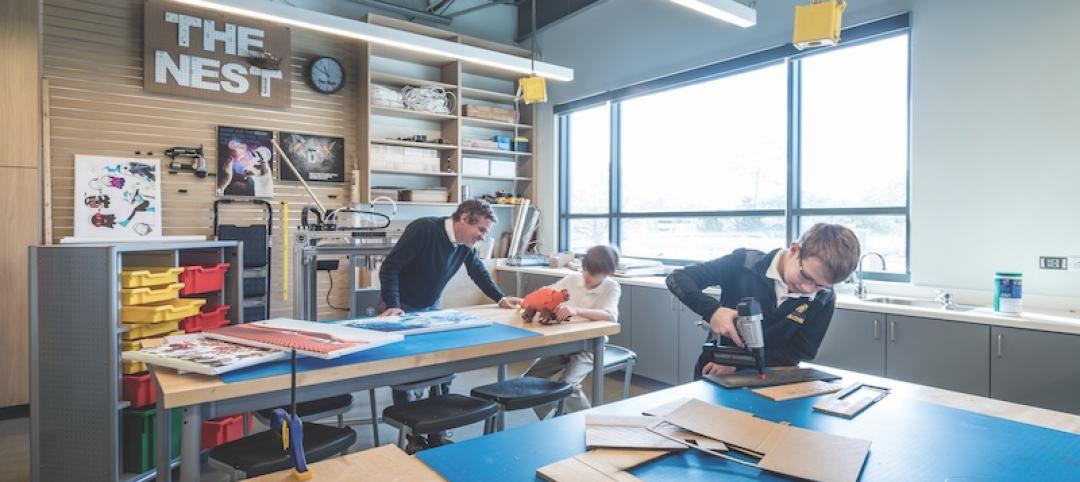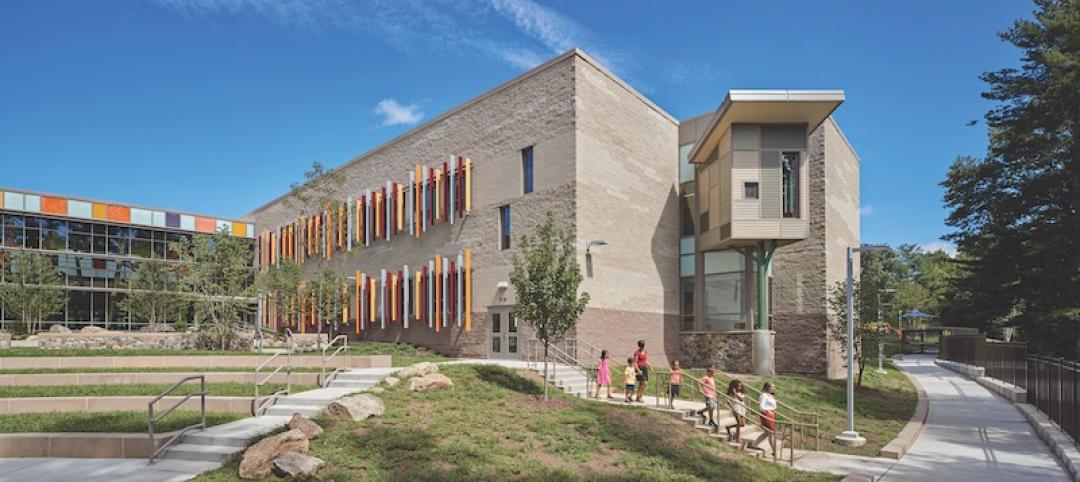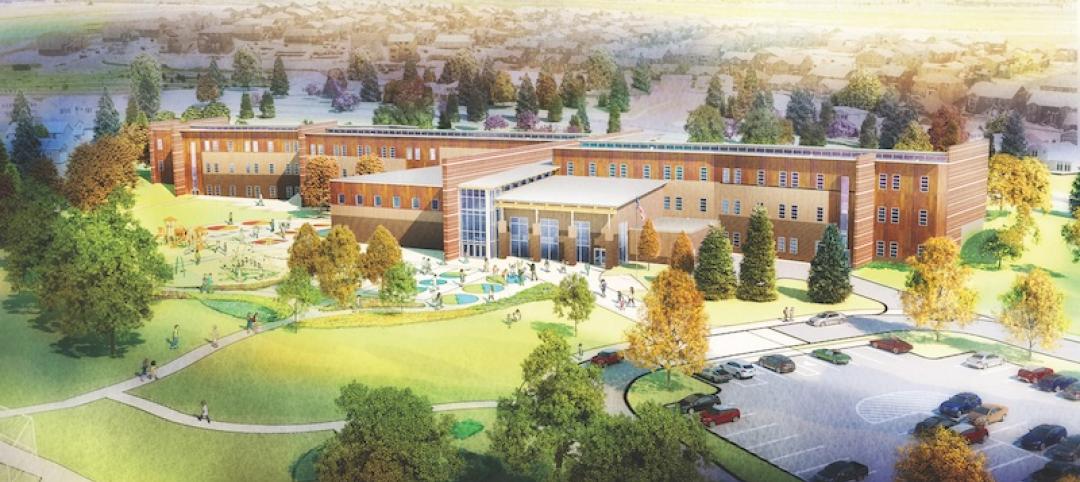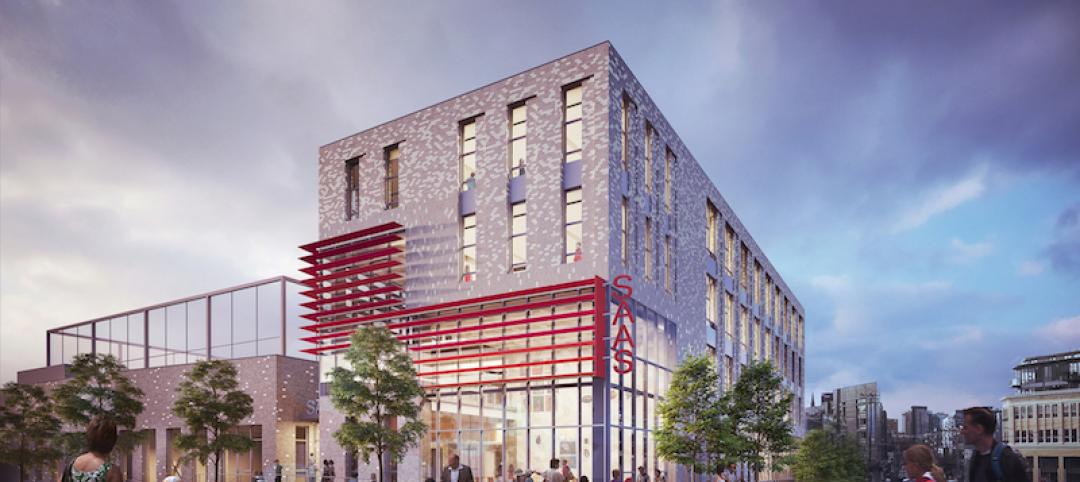In 1995, the city of New Haven, Conn., launched a program to build five new schools and renovate and upgrade seven others. At the time, city officials could not have envisioned their program morphing into a 17-year, 44-school, $1.5 billion project to completely overhaul its entire portfolio of K-12 facilities for nearly 23,000 students.
New Haven's massive undertaking is being handled by the Glastonbury, Conn., office of program manager Gilbane Building Companies (ranked #7 for CMs on BD+C's 2006 Giants 300 list), whose responsibilities on the project evolved along with the project itself.
Gilbane was originally hired as one of three construction managers who were to divvy up work on an 11-school, $23 million program. It didn't take long, however, for New Haven school officials to realize that they lacked the skills and resources to oversee the project, so Gilbane found itself competing for—and winning—the role of program manager. In 1998, the firm was asked to review the district's master plan; two years later, they unveiled a new multiphase plan that involved construction and renovation of 46 schools (later trimmed to 44), with a budget exceeding 10 figures.
Gilbane VP Tom Rogér says it took some time for the firm to gain the city's trust. “The first couple of years, there was a real learning curve on both our parts,” says Rogér. “What helped us a lot was that when we said something was going to happen, it happened. That was something they weren't used to. It was a revelation!”
Those hallelujah moments led to the city's approval of the dramatically expanded construction program. “After things started happening and they believed that our project work wasn't b.s., the city's board of aldermen asked why we weren't doing every single school,” says Rogér. The city even used the construction program as an opportunity to realign its grade structure, eliminating middle schools (which had performance, staffing, and safety problems) and creating K-8 facilities and 9-12 high schools.
Funding the original 11-school program involved a “stroke of genius” by the city's finance director, according to Rogér. The finance director bundled 300-400 tax-delinquent properties and sold them to a developer for $23 million, all of which went into a school construction trust fund. Later, the city relied on its bonding authority to fund the projects without having to rely on voter referendums.
One early decision rested on the design of the schools. “From a cost and schedule standpoint, I suggested using templates, and I got an emphatic no,” says Rogér. “They wanted each project to have its own architectural identity.” As a result, each school has a program appropriate to its neighborhood and academic focus. To maintain consistency and continuity, however, Gilbane authored a set of building standards (now in its ninth edition) that Building Teams are required to follow.
Working with 20 different architects and 10 different construction management firms proved wearying at times, but Rogér says that Gilbane made it clear that their firm was running the program and that they would manage it to everyone's advantage. “That added a lot of trust and credibility,” says Rogér. While Gilbane manages the RFQ process, however, the city makes the ultimate decision on which firms get the jobs.
Currently, there are 22 completed school projects and 10 active projects: five under construction and five in the design phase. The first was completed in 1998 and the last school is expected to be finished in 2012, at which time the program will have constructed 4.5 million sf. At its peak in 2006, Gilbane had a dedicated full-time staff of 22 on the projects; current staff totals 17. About 80-90% of the staff came from within Gilbane.
“One of the biggest benefits to New Haven—or any school district—is that hiring an outside program manager lets you hit the ground running with experienced people, systems, and relationships to make things happen,” says Rogér. “A public entity has to staff up or convert existing in-house staff to run a program of this size. Your building engineer who's been doing sidewalks for the past few years should never be put in the position to oversee a $1.5 billion program.”
On the other hand, Roger acknowledges, “there are some programs where the in-house people hate you because they think they could do a better job. We were lucky, in that the city tried to do the work themselves for a couple of years and they saw how hard it was. New Haven is happy to have us.”
|
Related Stories
K-12 Schools | Aug 9, 2017
A school in Denmark is clad in 12,000 solar panels
C.F. Møller designed the building to create a connection between the school premises and the surrounding public urban space.
K-12 Schools | Aug 1, 2017
This new high school is the first to be built on a tech company’s campus
Design Tech High School, located on Oracle Corporation’s Headquarters campus, will span 64,000 sf across two stories and have a capacity of 550 students.
Education Facilities | Jul 14, 2017
Youth education center in Baltimore gets first students
Students learn environmental skills, natural resource management, urban agriculture, and water quality monitoring.
Great Solutions | Jul 12, 2017
The writing on the wall: Maker spaces encourage students to take an active role
Maker spaces, dry-erase walls, and flexible furniture highlight Kinkaid’s new Learning Center.
Building Team Awards | Jun 7, 2017
Rebuilding to heal: Sandy Hook Elementary School
Gold Award: Community involvement was paramount as Newtown, Conn., replaced the school where a mass shooting occurred.
K-12 Schools | Jun 5, 2017
PK-8 school will be Denver’s first CHPS-certified building
A “learning stair” will connect the cafeteria to the main level.
K-12 Schools | May 31, 2017
NAC Architecture rolls out ‘Hack Your Classroom’ campaign
In collaboration with room2learn, NAC launched a campaign aimed at crowd-sourcing information on what teachers are doing in their classroom to improve the learning experience.
K-12 Schools | May 16, 2017
The future of schools: Net zero should be the norm
Students are helping drive change by focusing on the future.
K-12 Schools | May 1, 2017
Seattle’s first vertically-oriented middle school breaks ground
The building will provide 74,289 sf of space across its five-story classroom bar.
K-12 Schools | Apr 21, 2017
The stadium effect
School districts that invested in their athletic facilities over the last few years have seen a tremendous increase in student morale and health, growth in campus culture, and excitement within their communities.
















